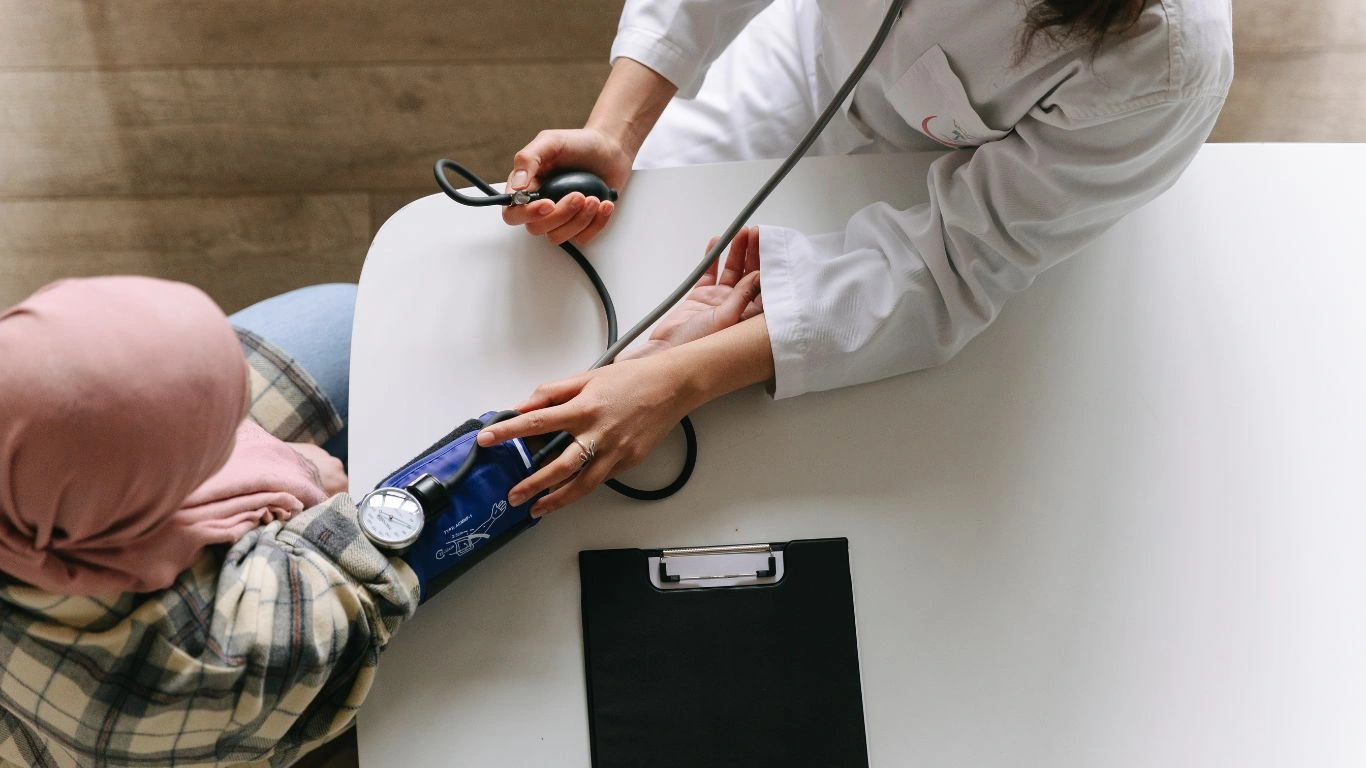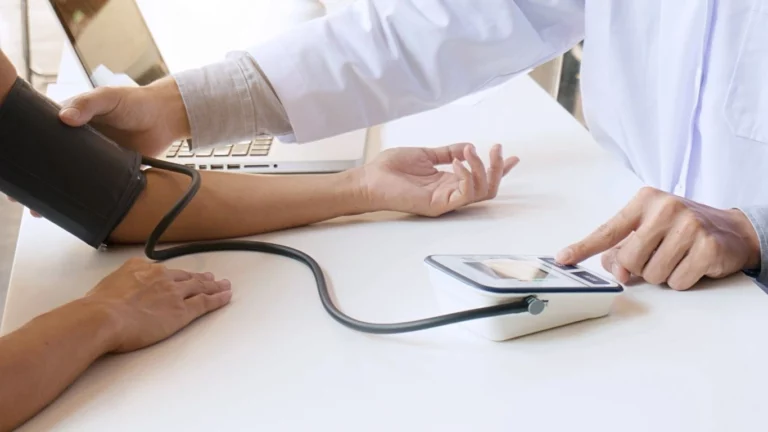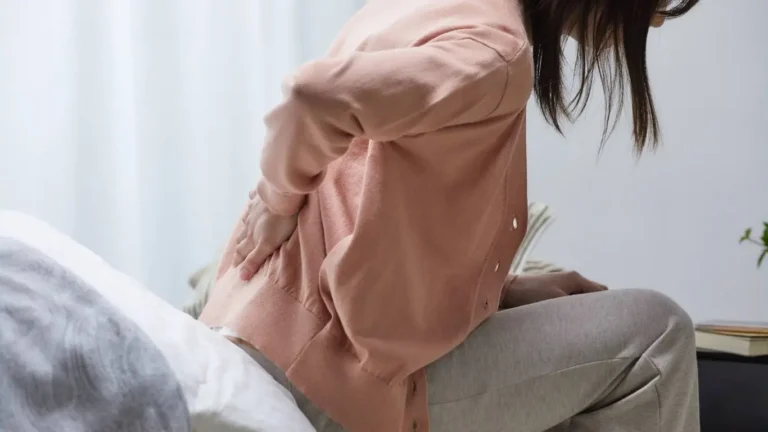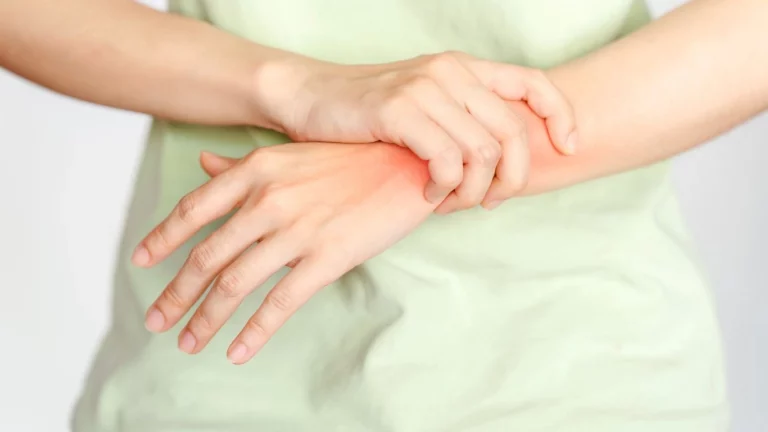Best Whole Grains for Hypertension Diets 🌾: Simple Ways to Lower Your Blood Pressure with Food
So, you’ve heard that high blood pressure is a big deal, and you’re probably wondering what the heck you can do about it, right? Well, one of the easiest ways to help lower your blood pressure is by adding whole grains to your diet. I know, I know, “whole grains” sounds like something your grandma would eat, but hear me out. These little guys are packed with fiber, nutrients, and all the good stuff your heart needs. And the best part? They’re easy to incorporate into your meals. In this post, we’re going to talk about some of the best whole grains to include in your diet if you’re trying to manage hypertension. Let’s dive in!
Why Whole Grains? What’s the Deal? 🥣

Okay, first things first. What makes whole grains so awesome for your blood pressure? It all comes down to fiber and nutrients. Whole grains are naturally rich in magnesium, fiber, and antioxidants. These things work together to help keep your blood pressure in check by:
- Boosting heart health – Fiber helps reduce cholesterol levels, and magnesium helps relax your blood vessels.
- Fighting inflammation – Some whole grains have antioxidants that help lower the inflammation linked to high blood pressure.
- Keeping things balanced – They help regulate blood sugar, which can indirectly affect your blood pressure.
So, while you’re thinking about all the food you love, whole grains should definitely make their way onto your plate.
Best Whole Grains for Hypertension: What to Eat 🌾
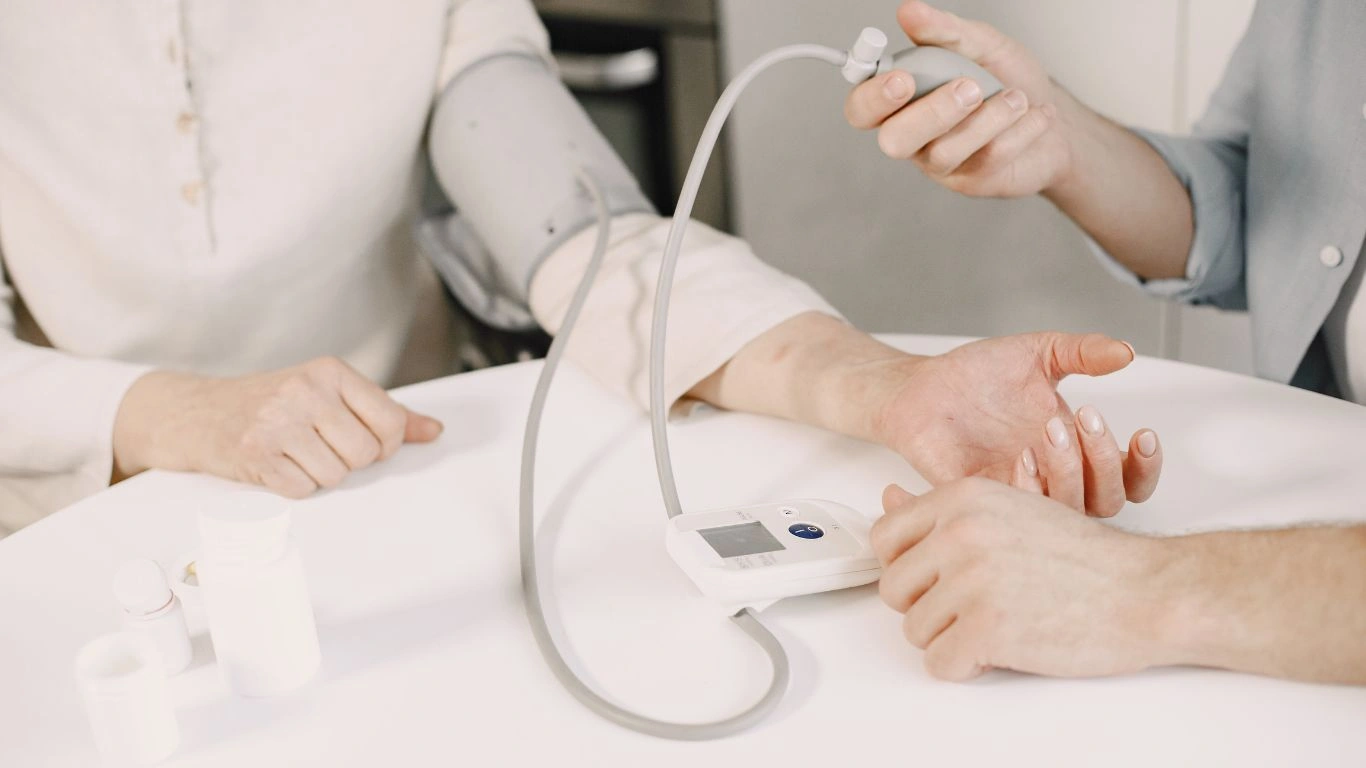
Now, let’s get into the good stuff—the actual whole grains that can make a real difference for your blood pressure. These are the ones you’ll want to start eating more of.
1. Oats – Your New Best Friend for Breakfast 🥄
I’m sure you’ve heard that oats are heart-healthy, but here’s why they really deserve a spot in your diet: they’re high in fiber, especially the soluble kind, which helps lower LDL (bad) cholesterol. Plus, they’re super easy to prepare. Whether you’re into overnight oats, a quick bowl of oatmeal, or even adding them to smoothies, oats are a go-to breakfast for anyone looking to manage hypertension.
Pro Tip: Try adding some chia seeds or berries to your oats for an extra heart-healthy boost. It’s like a little mini-heart breakfast in a bowl!
2. Quinoa – The Protein-Packed Powerhouse 🍚
If you’re not already on the quinoa train, now might be the time to hop on. It’s a complete protein (meaning it has all nine essential amino acids) and it’s packed with magnesium and fiber—both of which are key players in keeping blood pressure down. Plus, it’s super versatile. You can throw it in salads, use it as a side dish, or even swap it for rice in stir-fries.
Quick Tip: I love using quinoa as a base for salads—just toss it with some veggies, lemon, and olive oil, and it’s perfect.
3. Barley – The Unsung Hero 🌾
Barley doesn’t get enough love, in my opinion. It’s a super nutritious whole grain that’s full of fiber, antioxidants, and key minerals like magnesium and potassium. Barley helps lower cholesterol and blood pressure, making it a great addition to any heart-healthy diet.
How to Use It: Barley’s great in soups or stews (think hearty, filling, and delicious). Or you can cook it up as a base for grain bowls with roasted veggies.
4. Brown Rice – The Classic Choice 🍚
You can’t go wrong with brown rice. It’s easy to find, affordable, and, as a whole grain, it’s a much healthier choice than white rice. Brown rice is high in magnesium and fiber, both of which are essential for blood pressure regulation. If you’re trying to cut down on processed foods, switching to brown rice is a simple change that can make a big difference.
My Favorite Hack: I like to cook a big batch of brown rice at the beginning of the week, then use it in different meals—grain bowls, stir-fries, or even as a base for curry.
5. Whole Wheat – Simple but Effective 🍞
Whole wheat is one of the most accessible and affordable whole grains out there. It’s packed with fiber and essential nutrients like B vitamins. Whether it’s whole wheat bread, pasta, or even whole wheat flour for baking, this grain is a solid go-to for anyone trying to lower their blood pressure.
How I Use It: Whole wheat pasta is a regular in my pantry. I make a simple pasta with olive oil, garlic, spinach, and a sprinkle of Parmesan for a quick, heart-healthy meal.
Troubleshooting Common Issues with Whole Grains
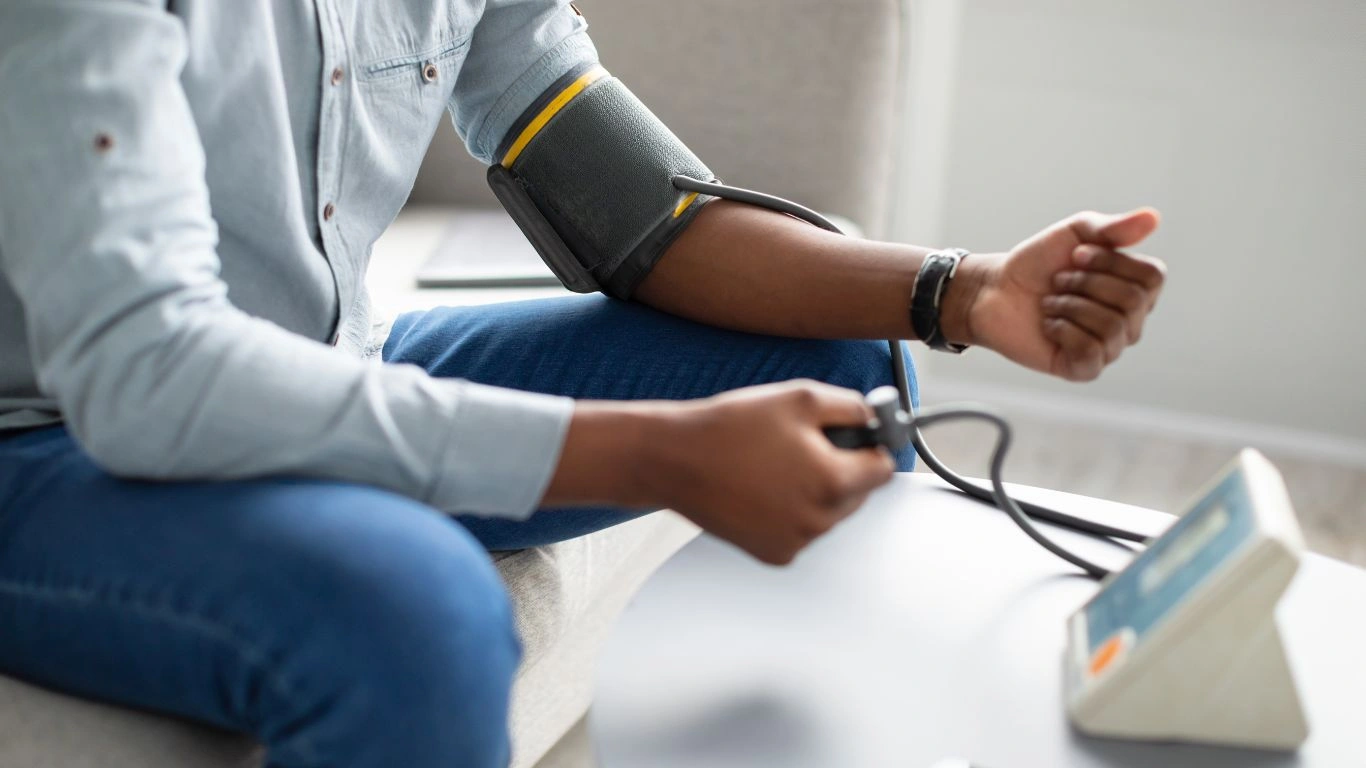
Switching to whole grains isn’t always smooth sailing for everyone, so here are a few common issues and how to work around them.
1. Bloating or Digestive Issues
I’ve definitely felt a little bloated after going all in on fiber-rich foods. To avoid that, start slow. Introduce whole grains gradually and drink lots of water to help the fiber do its thing.
2. Taste and Texture
Some people find whole grains like quinoa or barley a little too chewy or “earthy” for their liking. My advice? Add herbs, spices, or even a little cheese to make them tastier. A squeeze of lemon or a drizzle of olive oil can make a world of difference.
3. Time
I get it—who has time to cook barley for 45 minutes every night? Try cooking grains in bulk and storing them in the fridge. That way, you can quickly grab them and throw them into meals all week long.
Real-Life Success Stories: People Who’ve Seen Results

Sarah’s Story: Lowering Blood Pressure with Oats and Quinoa
Sarah, a busy mom of two, was recently diagnosed with high blood pressure. After her doctor recommended adding whole grains to her diet, she swapped out white rice for brown rice and started eating oats for breakfast. Six months later, Sarah’s blood pressure had improved significantly, and she felt more energized. She also noticed her cholesterol levels had dropped. The best part? It wasn’t even that hard to make the change!
John’s Journey: Brown Rice to the Rescue
John, a 55-year-old office worker, struggled with hypertension for years. He decided to start swapping out his usual meals for healthier alternatives, including brown rice instead of white rice. After about three months, his blood pressure dropped by a noticeable amount, and he felt better overall. John says, “It wasn’t some big, complicated thing—I just made small changes, like eating more whole grains.”
Key Takeaways / Summary: Why Whole Grains Are a Must for Hypertension
- Whole grains like oats, quinoa, barley, brown rice, and whole wheat are packed with fiber, magnesium, and antioxidants—perfect for managing blood pressure.
- Small changes, like swapping white rice for brown rice or having oats for breakfast, can make a big difference.
- Try different whole grains in your meals to keep things interesting and tasty.
FAQs: What You Need to Know
Q: How much whole grain should I eat daily?
A: Aim for at least 3 servings a day. A bowl of oatmeal, a side of quinoa, and a serving of brown rice will get you there.
Q: What if I’m gluten-free?
A: No problem! There are plenty of gluten-free whole grains like quinoa, rice, and buckwheat that you can enjoy.
Q: How fast will I see results from eating whole grains?
A: Most people notice changes within a few weeks to a couple of months, especially if you stick with it.
Disclaimer:
This article is meant to be helpful, but it’s not a substitute for medical advice. Always check with your doctor before making major changes to your diet, especially if you have a medical condition.
Call to Action: Start Adding Whole Grains to Your Diet Today! ❤️
Ready to give your blood pressure a boost? Start by swapping out some of your usual carbs for whole grains. Trust me, your heart—and your taste buds—will thank you. Let’s do this!

Dr. Gwenna Aazee is a board-certified Internal Medicine Physician with a special focus on hypertension management, chronic disease prevention, and patient education. With years of experience in both clinical practice and medical writing, she’s passionate about turning evidence-based medicine into accessible, actionable advice. Through her work at Healthusias.com, Dr. Aazee empowers readers to take charge of their health with confidence and clarity. Off the clock, she enjoys deep dives into nutrition research, long walks with her rescue pup, and simplifying medical jargon one article at a time.
